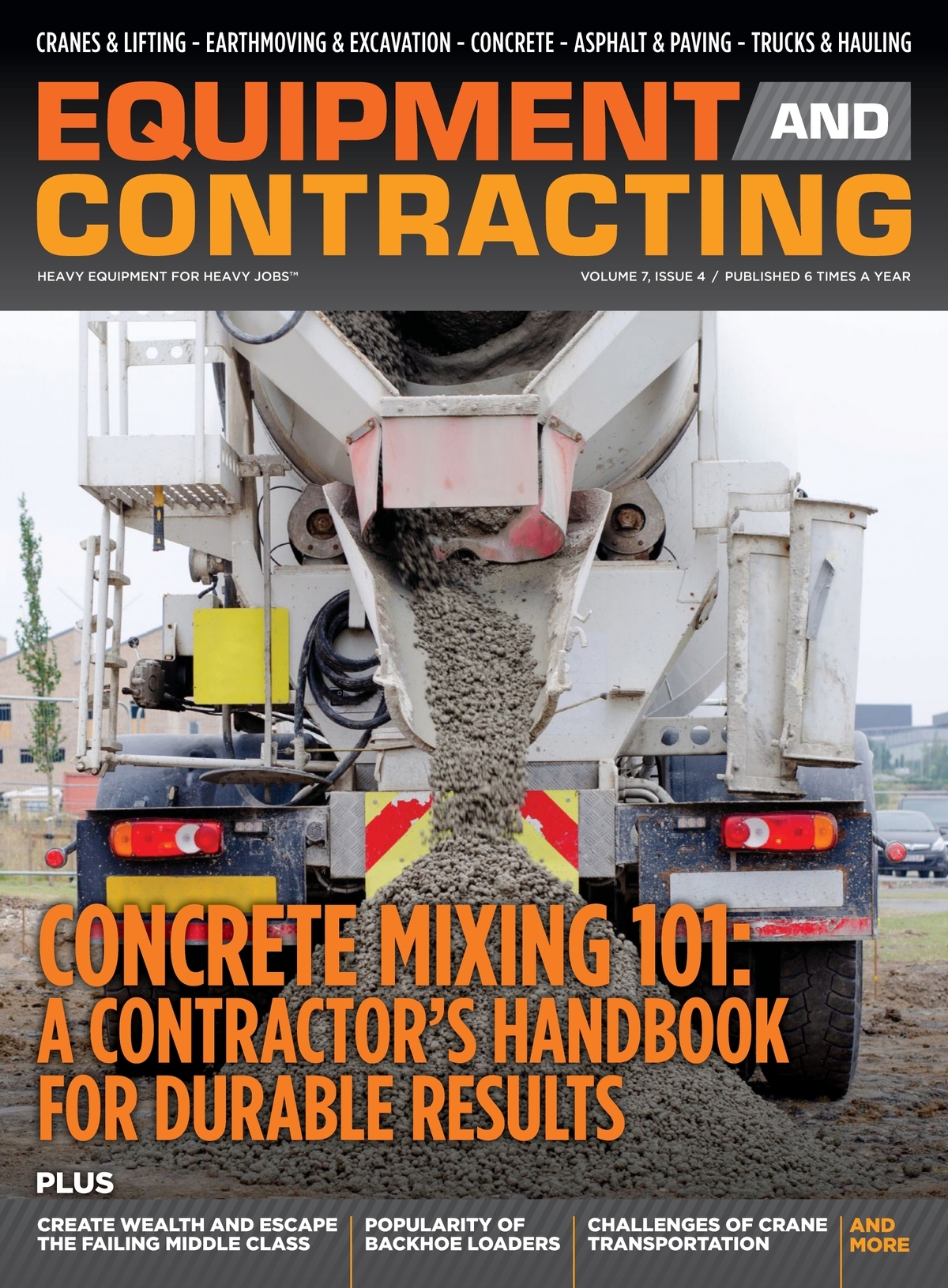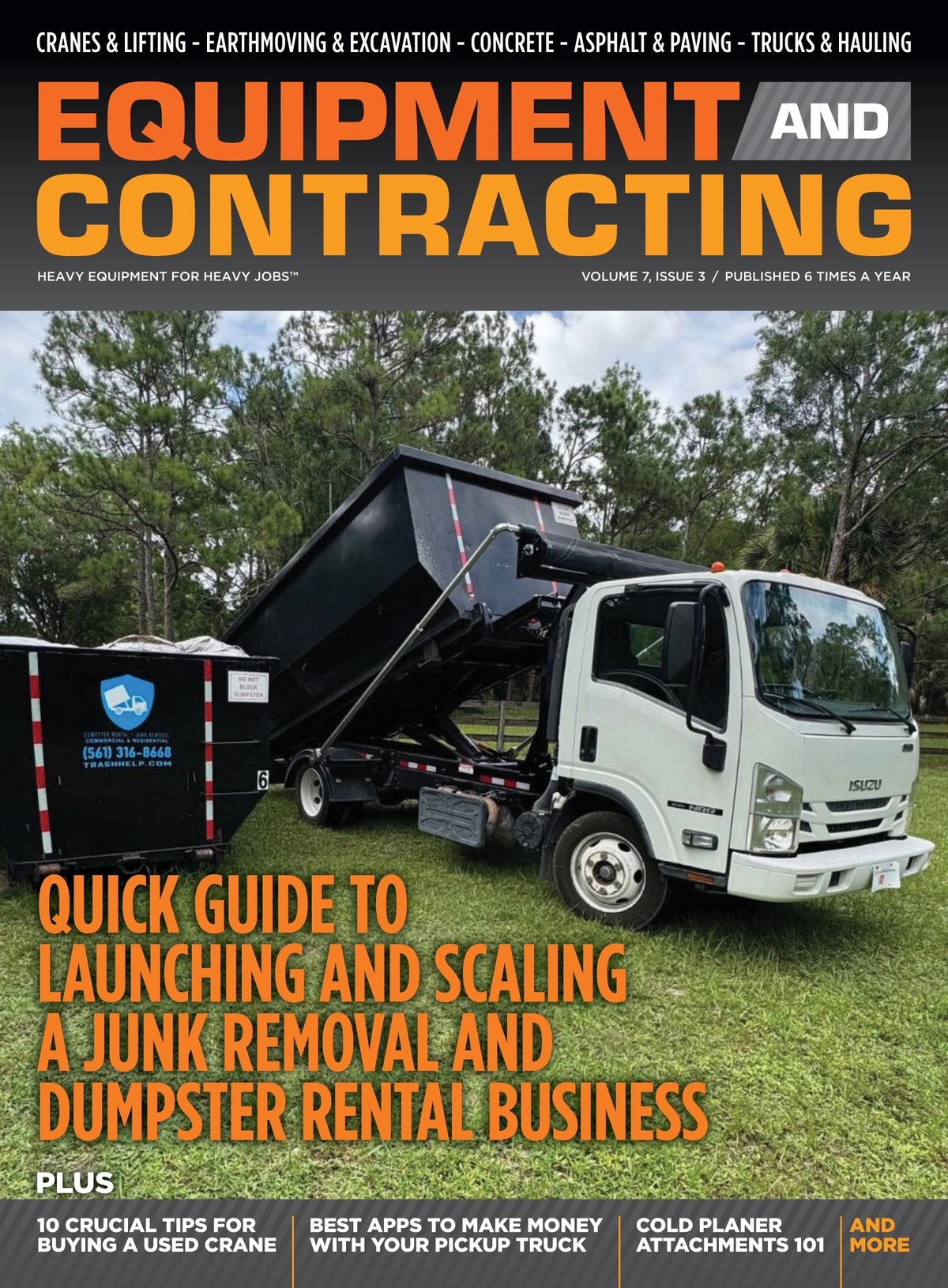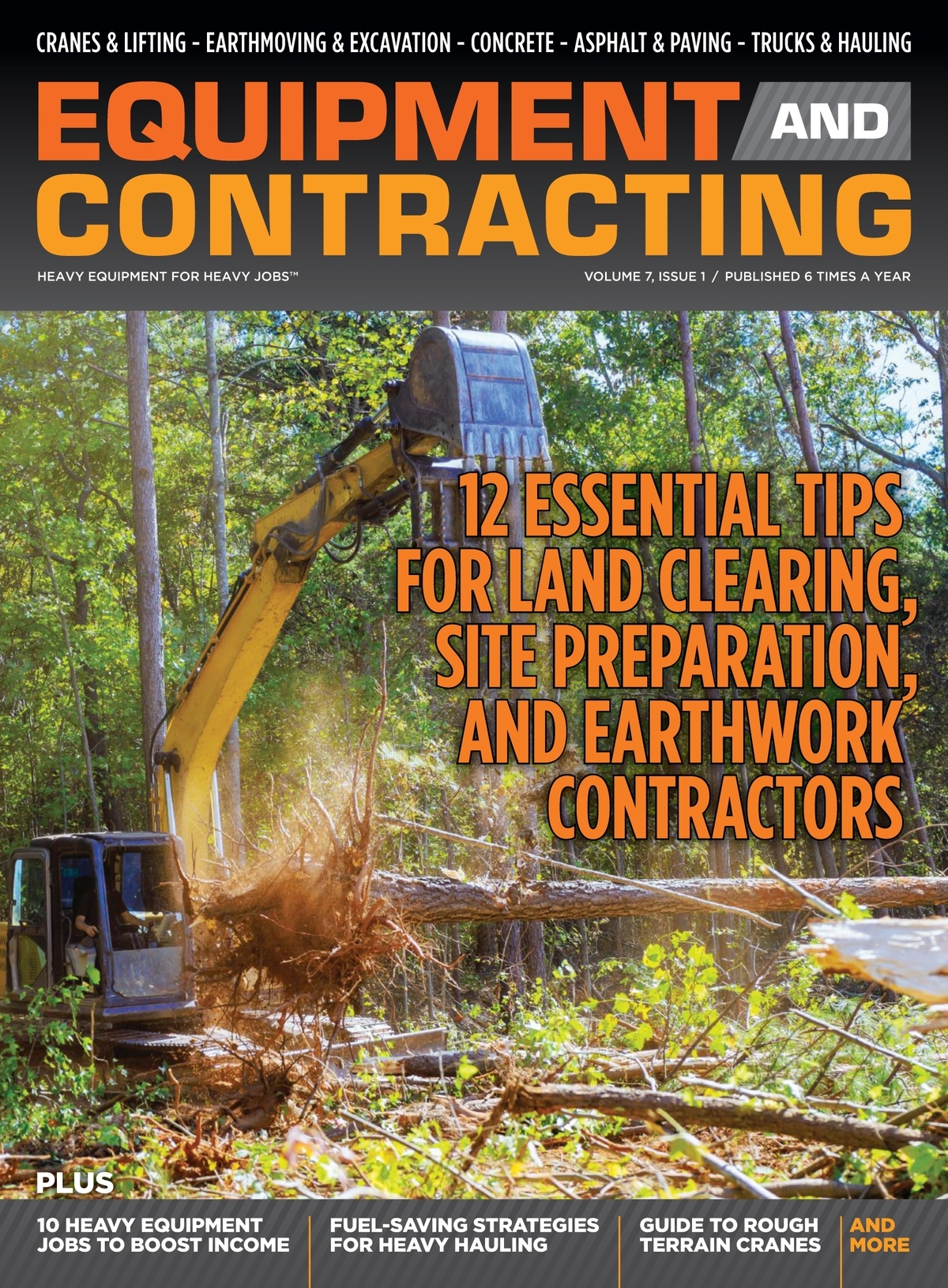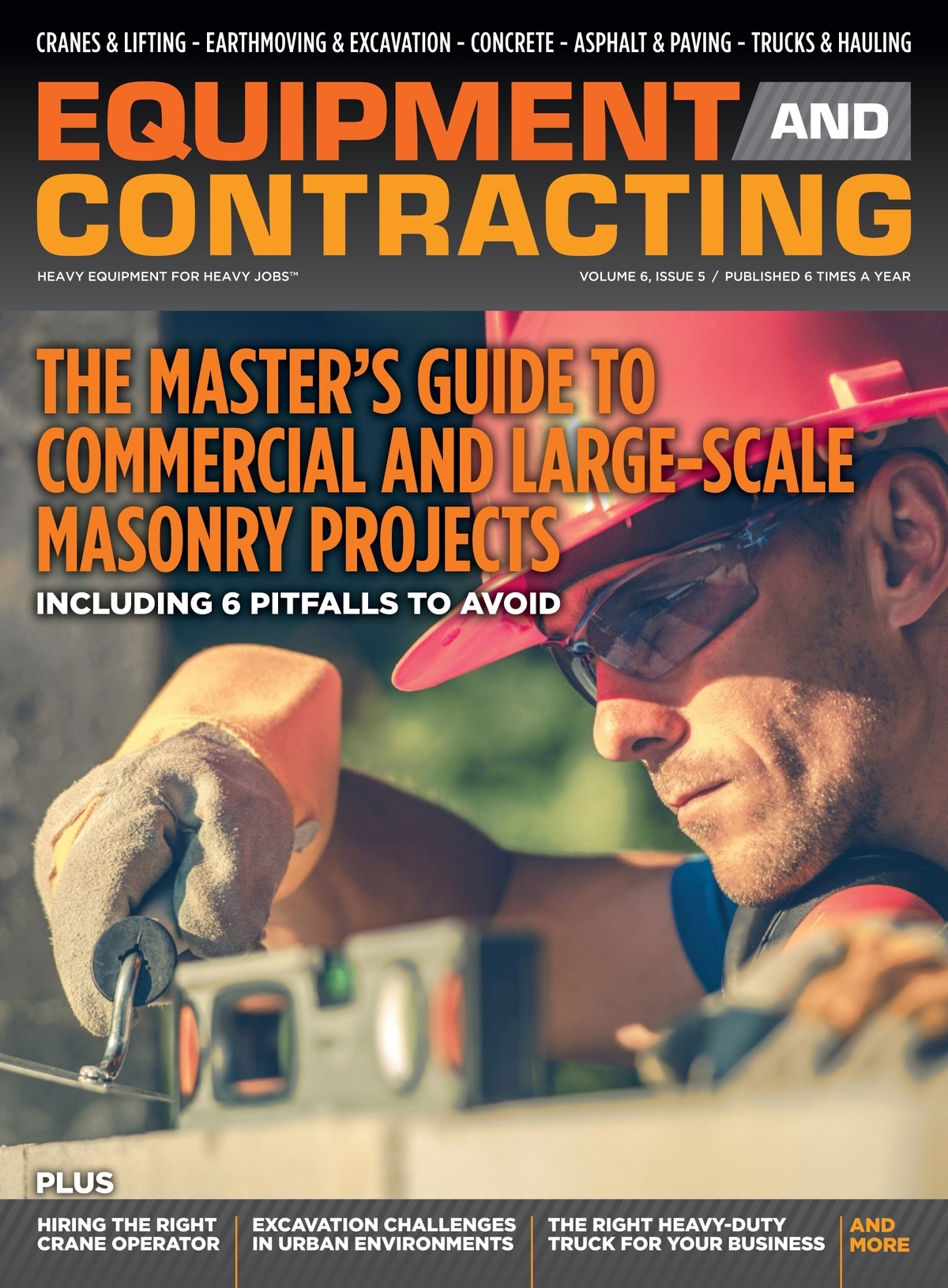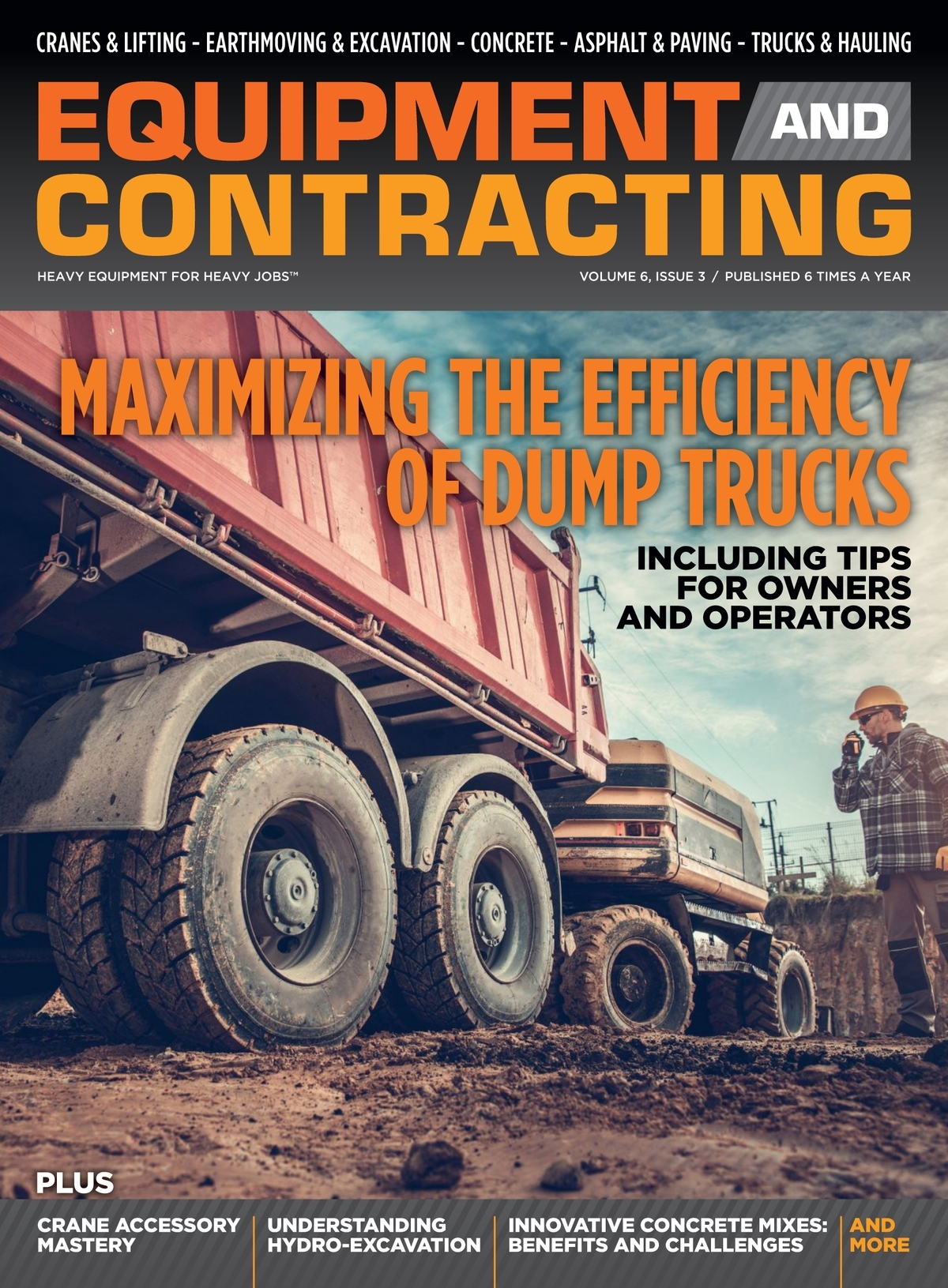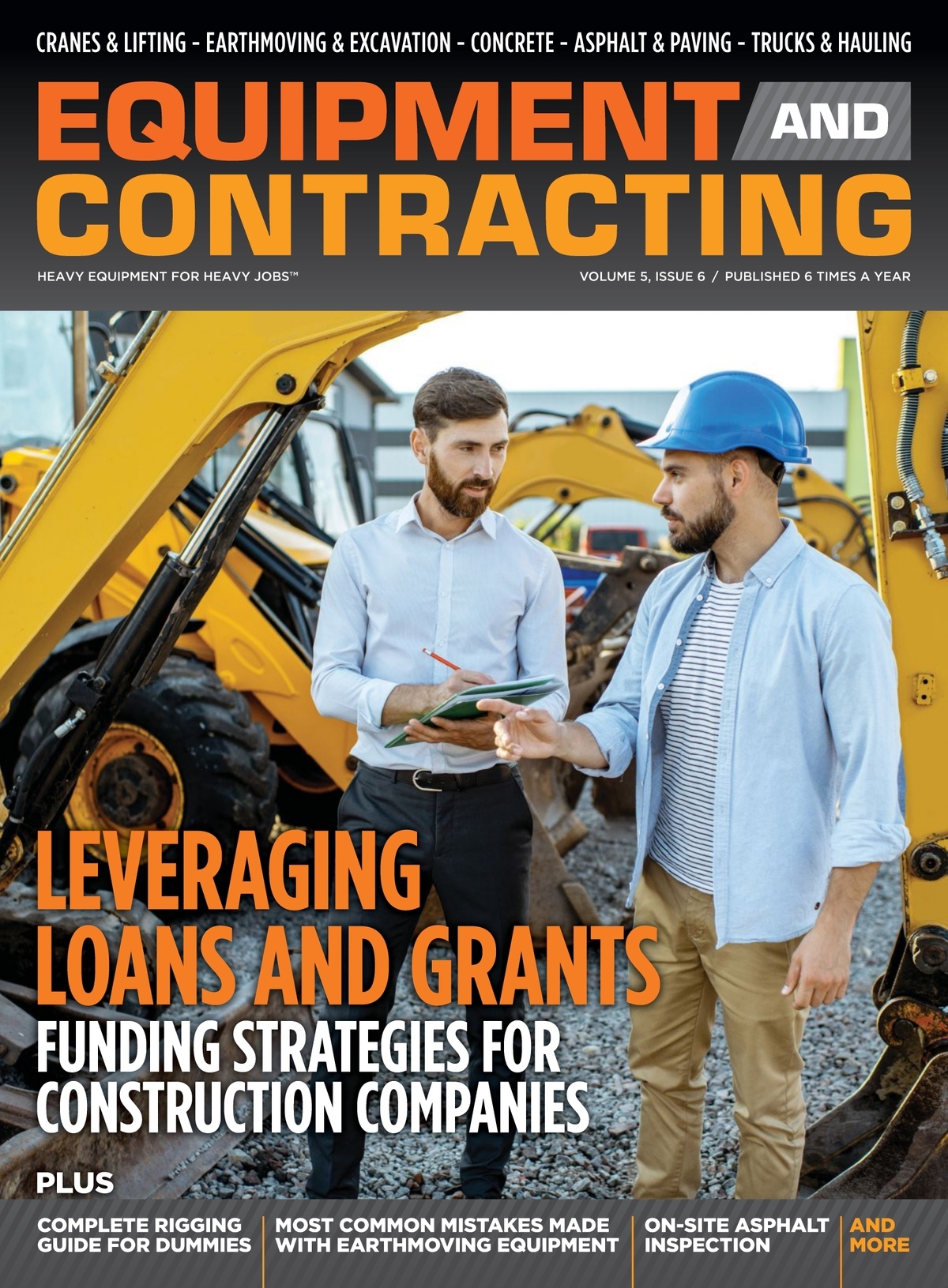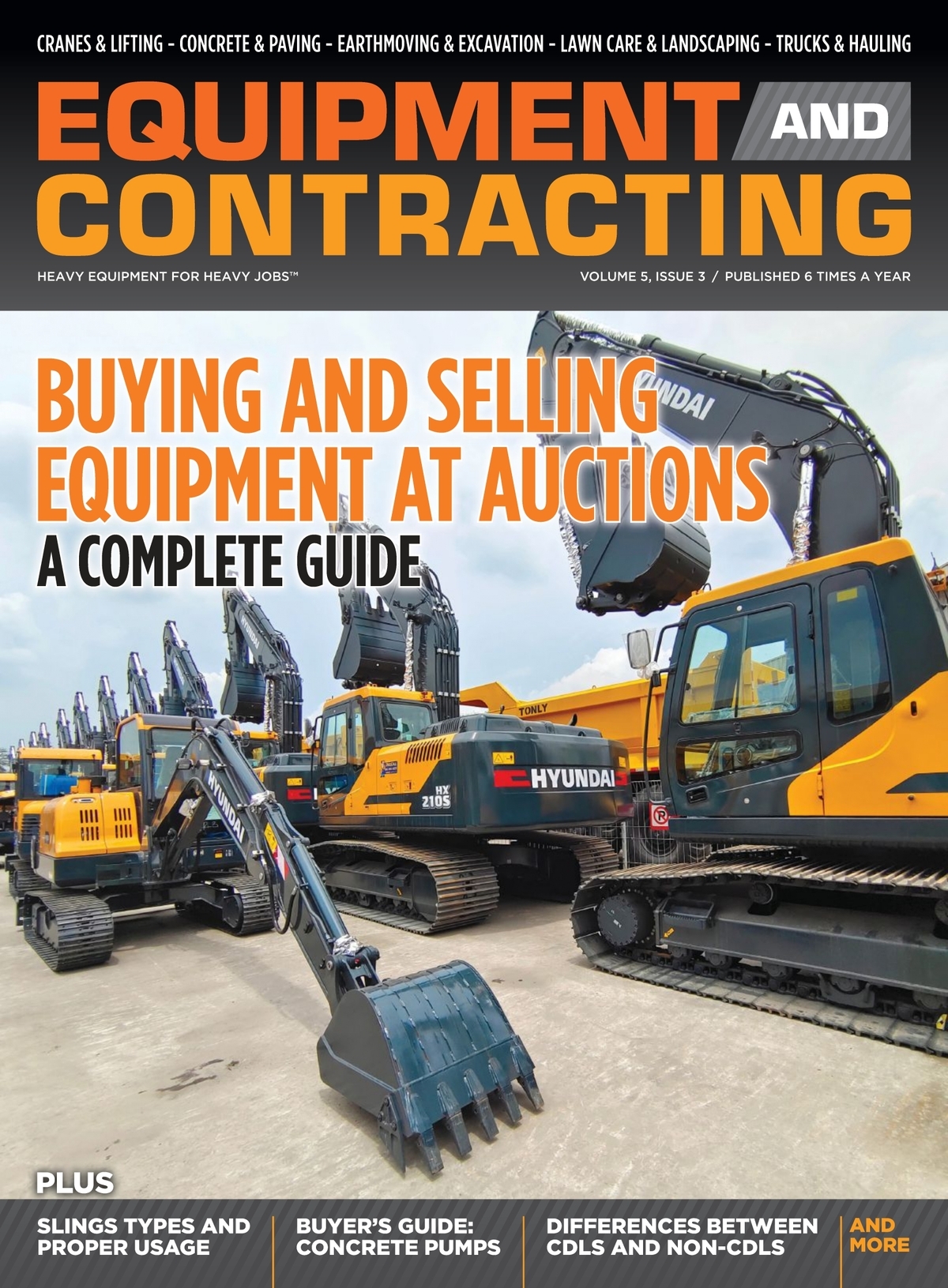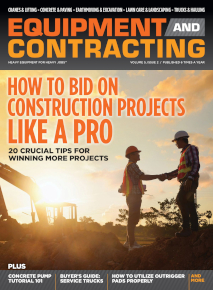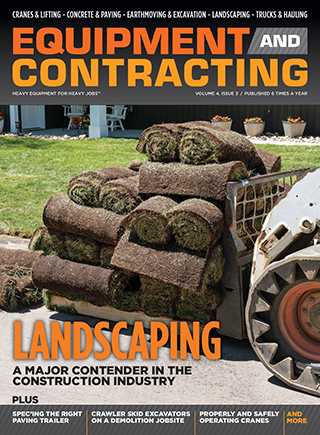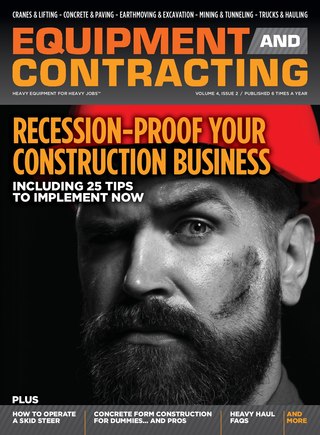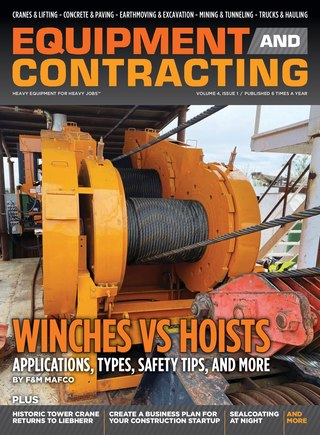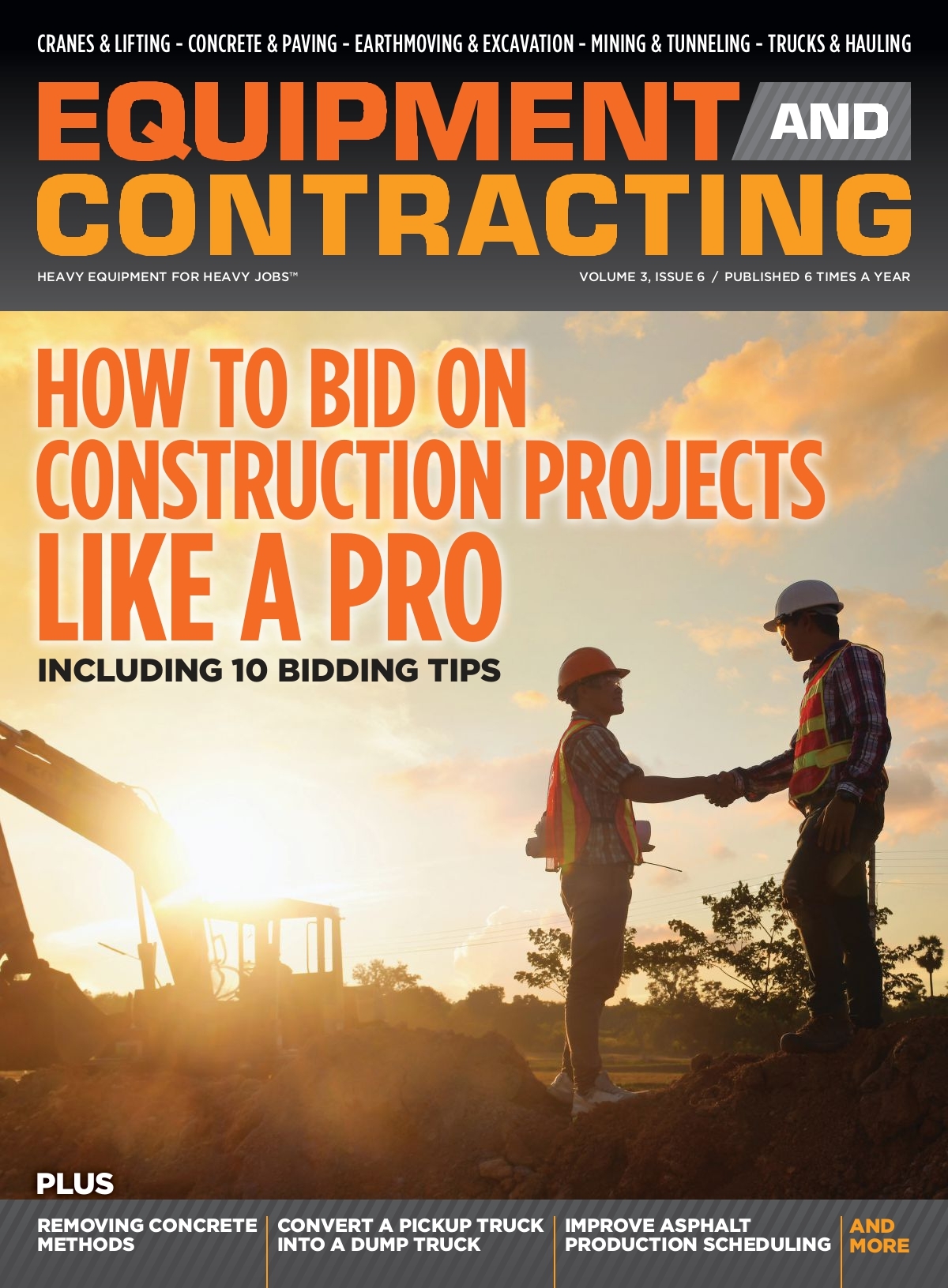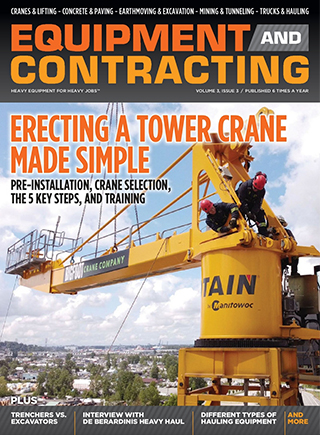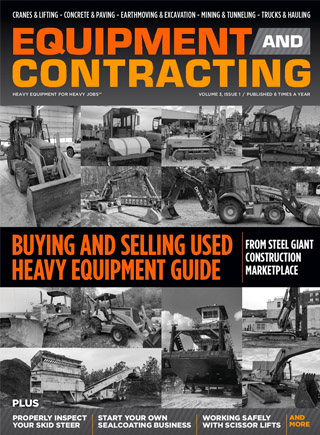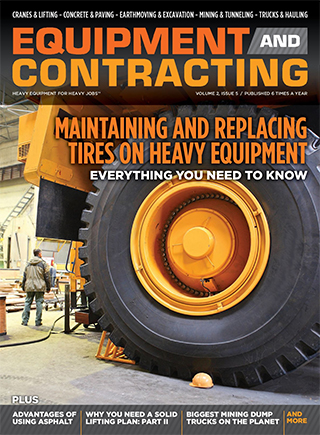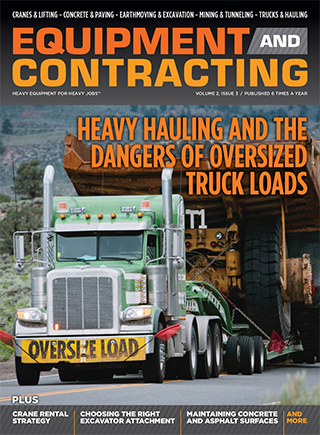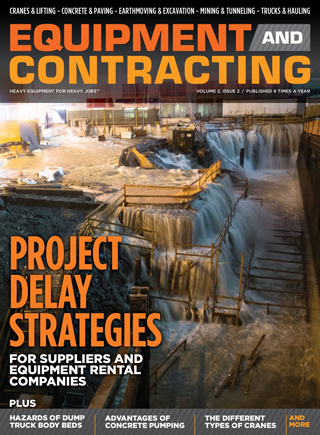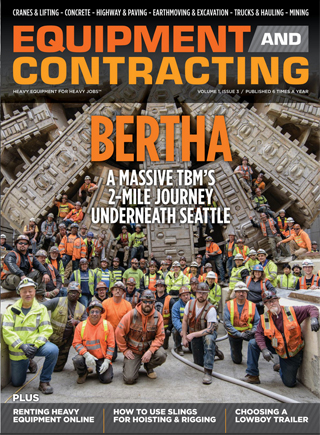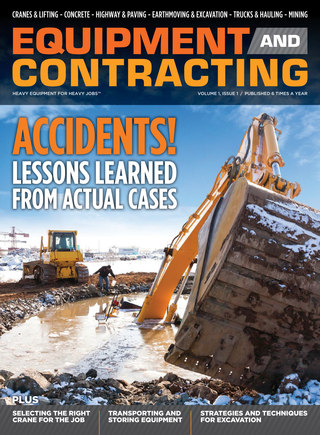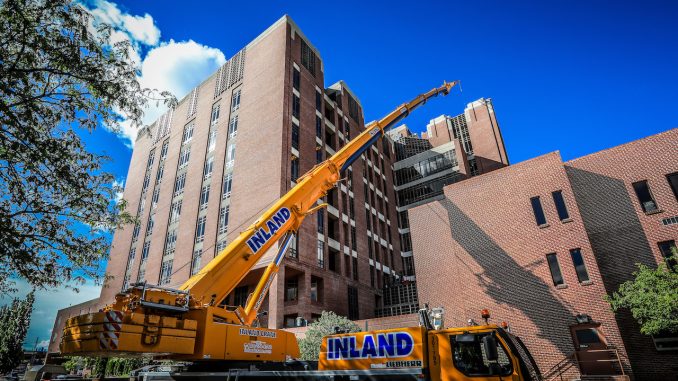
Hiring a crane service provider is one of the most important decisions on any construction, industrial, or infrastructure project. A crane lift involves many moving parts. If one detail is overlooked, the result can be delays, increased cost, or operational risks. Contractors often focus on crane size or basic pricing, but the real challenges usually arise from planning, coordination, and regulatory compliance. Understanding where mistakes commonly occur helps project managers choose a provider that can deliver consistent performance from the initial site visit to the final lift.
Overlooking Proper Site Evaluation
Many issues begin long before the crane reaches the site. A complete site evaluation is essential for identifying ground conditions, lift radius, access points, overhead obstacles, and load requirements. Some contractors assume that a short description of the project is enough. In practice, every site presents unique constraints that influence crane selection and lift planning.
Importance of Accurate Ground Assessment
Ground stability is one of the most frequently overlooked factors in crane operations. Cranes require a stable surface, and improper ground preparation can limit lift capacity or disrupt the schedule. Providers who understand the importance of soil conditions, mats, and load distribution help prevent these problems. Contractors who need more clarity on proper lift setup can review trusted crane services to understand the standards that support safe and efficient lifting operations.
Choosing Based on Price Alone
Price plays a role, but choosing a crane provider solely because they are the cheapest often leads to unexpected complications. Some quotes exclude important services such as engineering support, rigging equipment, transportation, or permit handling. These gaps may appear later as additional charges that raise the total cost.
Understanding What Is Included in the Quote
A complete and transparent quote should reflect mobilization, demobilization, operator qualifications, and the rigging equipment needed for the lift. It should also consider the number of lifts, expected lift duration, and conditions that may slow progress. Clear communication ensures that the crew arrives prepared and that the contractor understands the full scope of the service.
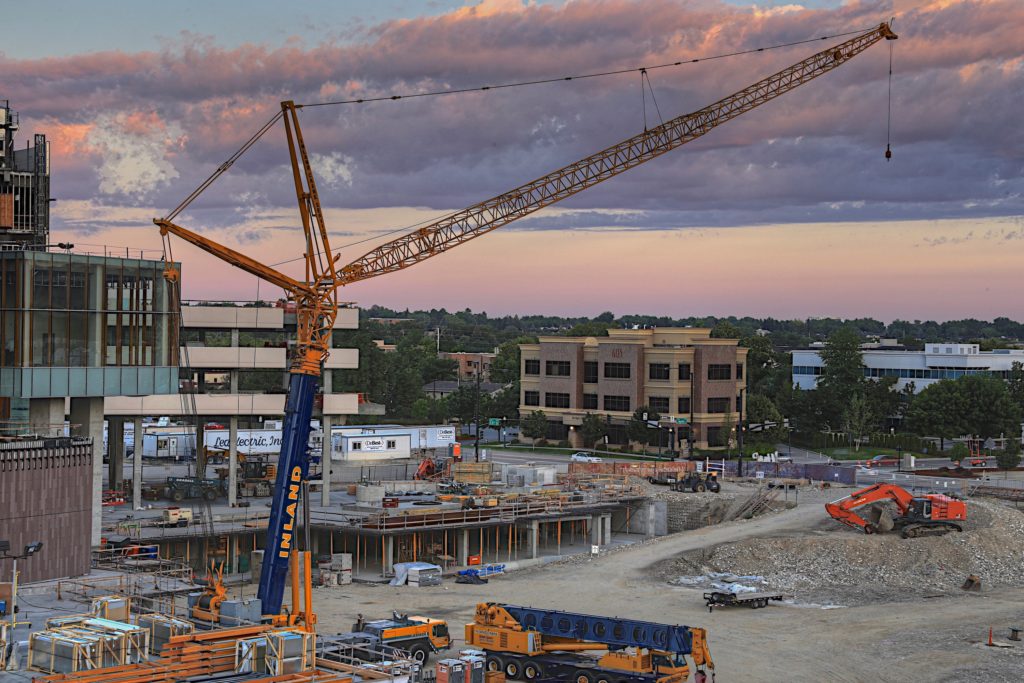
Ignoring Operator Certification and Experience
A crane is only as safe as the person operating it. Operator certification, ongoing training, and real world experience are essential for completing lifts safely. Some assume that all providers meet the same standards, but qualifications vary across the industry. This can influence not only the safety of the lift but also the efficiency of the project schedule.
Why Experience Matters For Complex Lifts
Experienced operators recognize potential issues early and can adjust to weather conditions, rigging challenges, or load variations. They are better equipped to manage unique lift paths or congested sites. Contractors looking for dependable operational support often rely on proven lifting equipment solutions that reflect the standards required for safe crane operation.
Failing To Plan For Permits and Regulatory Requirements
Many regions require permits for crane operations, particularly in busy urban areas or near public infrastructure. Contractors sometimes move forward assuming the provider will handle all approvals. Missing permits can cause delays, fines, or forced shutdowns. Understanding the regulatory landscape is essential for maintaining the project timeline.
Understanding Local Rules and Restrictions
Local requirements vary widely and can involve road closures, traffic control, or height restrictions. Some lifts require early coordination with local agencies to secure approval for crane placement or boom movement. Providers familiar with these regulations can help minimize delays by handling permits early in the planning process.
Not Accounting For Weather and Environmental Conditions
Weather conditions play a major role in crane operations. Wind, rain, and visibility can significantly affect the safety and timing of a lift. Contractors sometimes underestimate how these factors impact crane capacity or stability. Failing to anticipate weather disruptions can cause delays and added cost.
Planning Around Weather Risks
Experienced crane providers plan lifts based on safe weather thresholds and communicate forecast risks in advance. They monitor conditions closely and adjust schedules to protect crews and equipment. This approach helps maintain productivity while avoiding unsafe lift conditions.
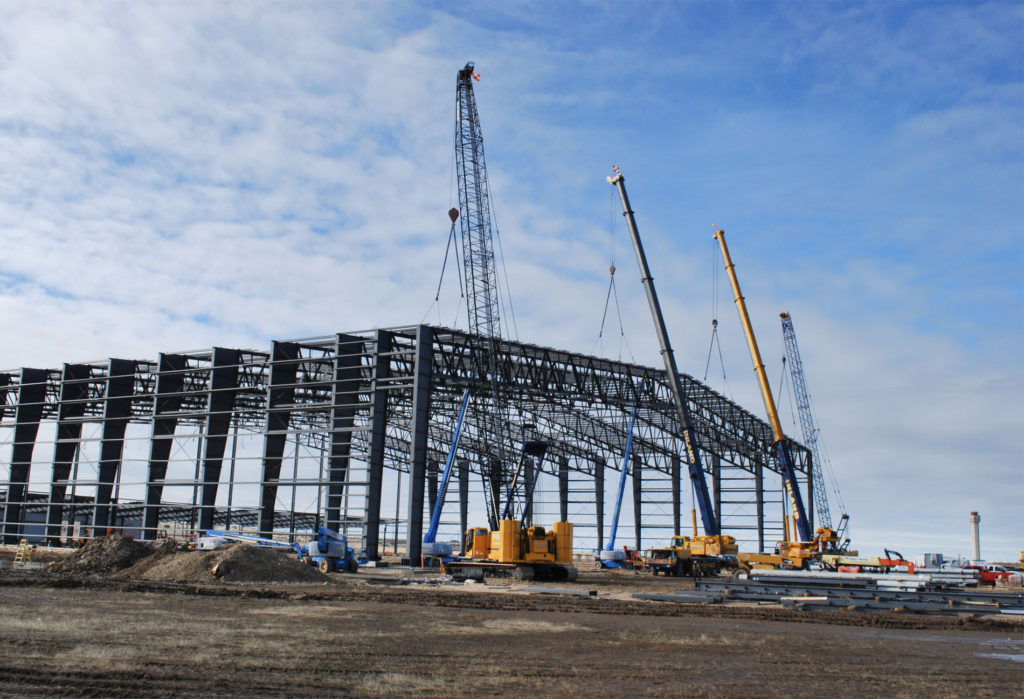
Miscommunication During Lift Planning
Lift planning requires precise coordination between contractors, operators, riggers, and site supervisors. Miscommunication often occurs when instructions are shared verbally or when drawings are incomplete. A proper lift plan should outline load paths, crane positioning, rigging details, and safety controls. Without clear guidance, unexpected challenges can arise at the jobsite.
Value of Detailed Lift Plans
A complete lift plan defines the sequence of operations and identifies potential obstructions. It ensures that all team members understand their responsibilities and helps reduce uncertainty on the day of the lift. Detailed planning supports smoother execution and reduces the chance of delays or safety incidents.
Hiring a crane service provider requires more than selecting a crane and operator. It involves evaluating the provider’s planning capabilities, regulatory knowledge, operator qualifications, and site preparation methods. Avoiding the common mistakes described above helps contractors choose a provider capable of ensuring safe, efficient, and cost effective lifting operations. With careful preparation and reliable guidance, every lift can be completed with confidence.


